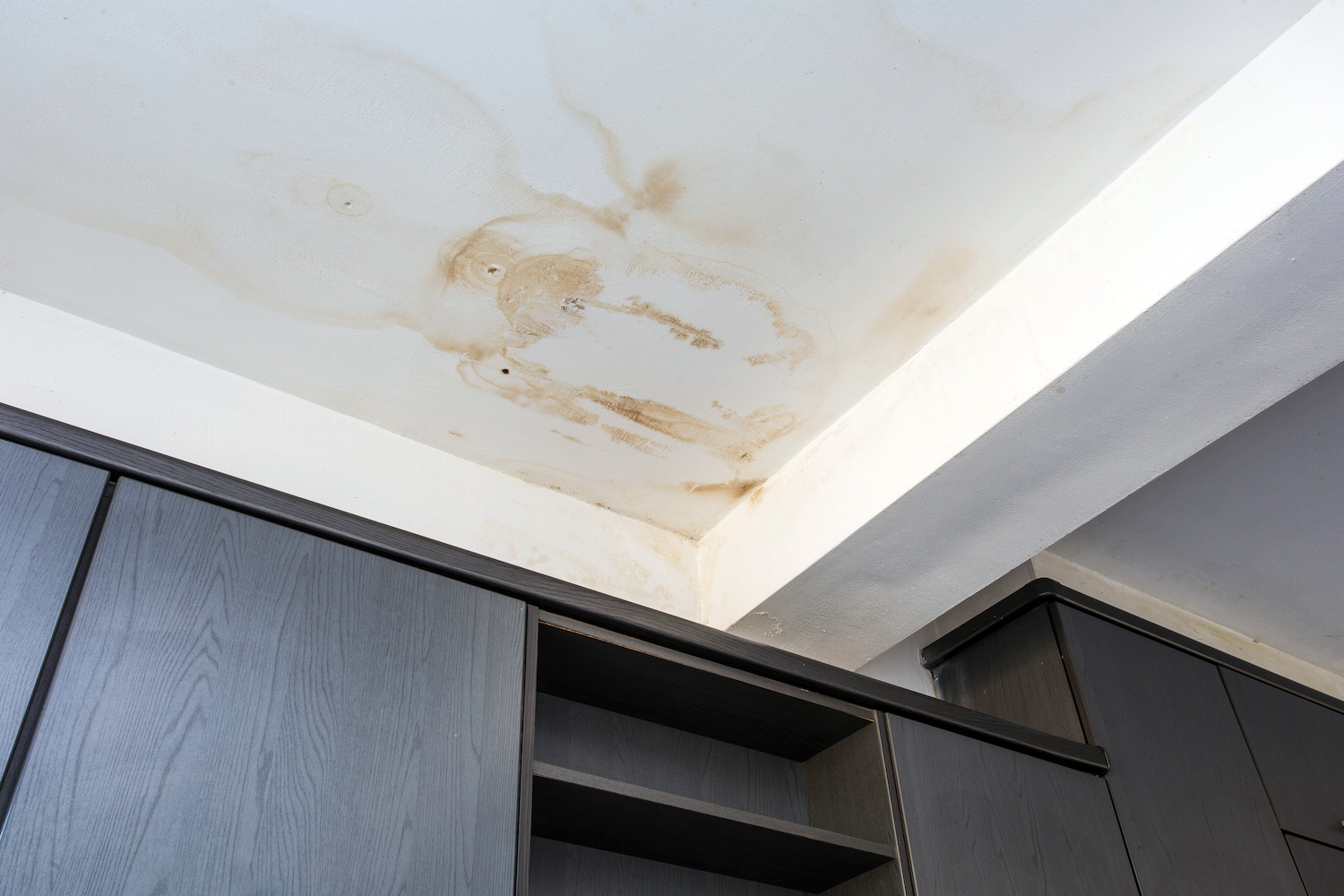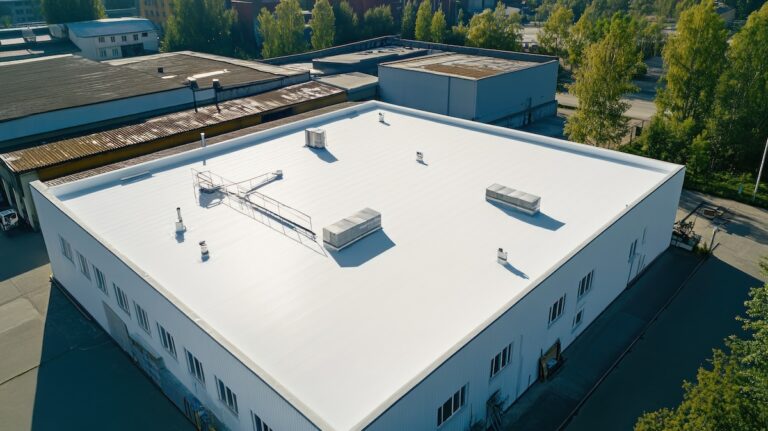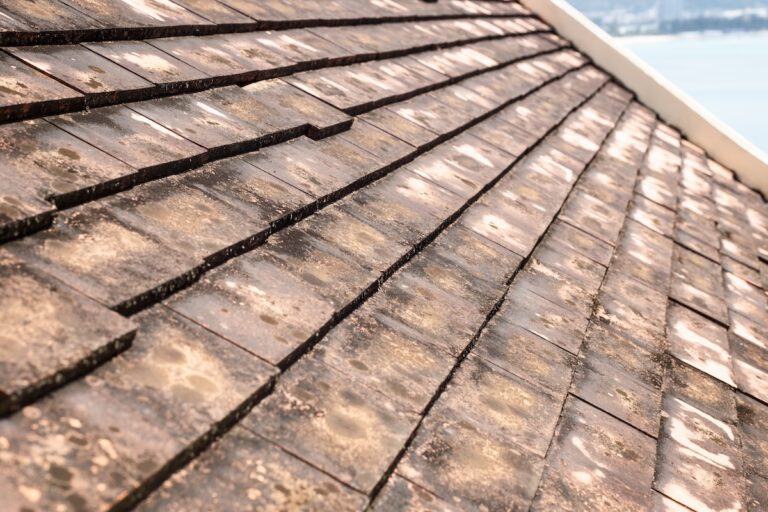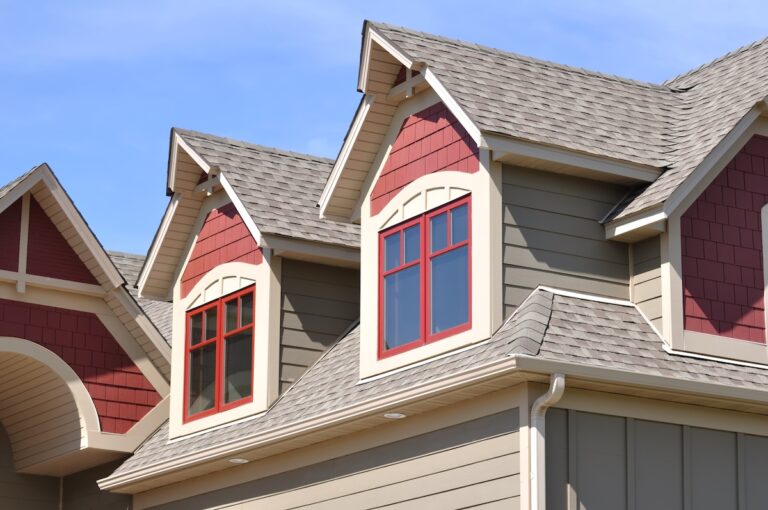Your roof is the protector of your home. It shields your house from wind, rain, ice, and snow, traps heat and cool air, and serves as a shield against falling debris.
If roofs get damaged, the entire home gets placed in jeopardy. That is why routine inspections of your roof and awareness of interior signs of roof damage are so important.
Most homeowners, though, are unaware of the destruction a damaged roof can create, from a common roof leak and puddling to rotted or damaged roofing materials and even structural damage. They miss the signs of potential roof damage until there is a crisis.
The following are common signs of interior roof damage you should be aware of as a homeowner. Each issue also needs immediate repair and determining whether the damage is a root cause or just a symptom of a larger issue.
Intangible Signs of Roof Damage
Often, the first interior signs of roof damage are intangibles that might be mistaken for something else. Those can range from suddenly higher energy bills to mysterious cracks on walls indicating water damage to drafts that seem to appear out of nowhere.
The most obvious are higher energy bills, which spike regardless of the season. If you notice your heating or cooling bills jumping and staying high and there is no good reason, you might look at roof damage.
The same applies to cracks in your walls that appear out of nowhere. Unexplained cracking can be accompanied by slight to severe discoloring, flaking of pain, pocketing behind wallpaper, and mold growth near the affected area’s ceiling.
Finally, if your roofing has a puncture or punctures or damaged roofing materials, you might feel warm and cold drafts depending on the weather outside your house. The draft means external air is getting inside, and the roof is a “go-to” culprit.
At the very least, any of these symptoms warrant further investigation.
Leaky Roof
Roof Leaks are probably the most common tangible sign of roof damage. Left unchecked, a small leak can wreak havoc on the items in your attic and the structural integrity of your home.
If your joists or beams are discolored, or you notice water puddles on the floor or items in your attic, you are looking at roof damage. A sure sign of damaged roofing is one or more of the following:
- Wet insulation or water puddles
- Evidence of mold spores or mildew
- Unexplained moisture collecting the under-ceiling and lower floor ceiling damage
- Indirect and direct water damage to the floor, attic items, and roof building materials
The key is finding the root cause of water leaks and determining if the damage is localized or more extensive.
Unfortunately, when moisture or leaks are the issues, the repair is usually a partial or full replacement of the roof. If your insulation is damaged, that will need replacement too.
A bandaid repair might provide some relief, but roofing that is leaking is rarely a minor issue, and ignoring it can cause you real problems in the future.
Structural Damage
Interior signs of structural damage are also an indicator your roof needs attention. Rotting materials, a puncture, or leaking can compromise the structural integrity of your home in the form of rotted wall framing and roofing material and even roof failure.
Damaged roofing structures are not always as obvious as staining or high energy bills.
Sometimes, the only clues you have roofing issues are subtle, such as rotted fascia boards or cool air drafts.
Here are a few other symptoms.
Light Passing Through
Your roof will allow sunlight to penetrate the interior of the attic. Holes also lead to water leaking.
Peeling Paint
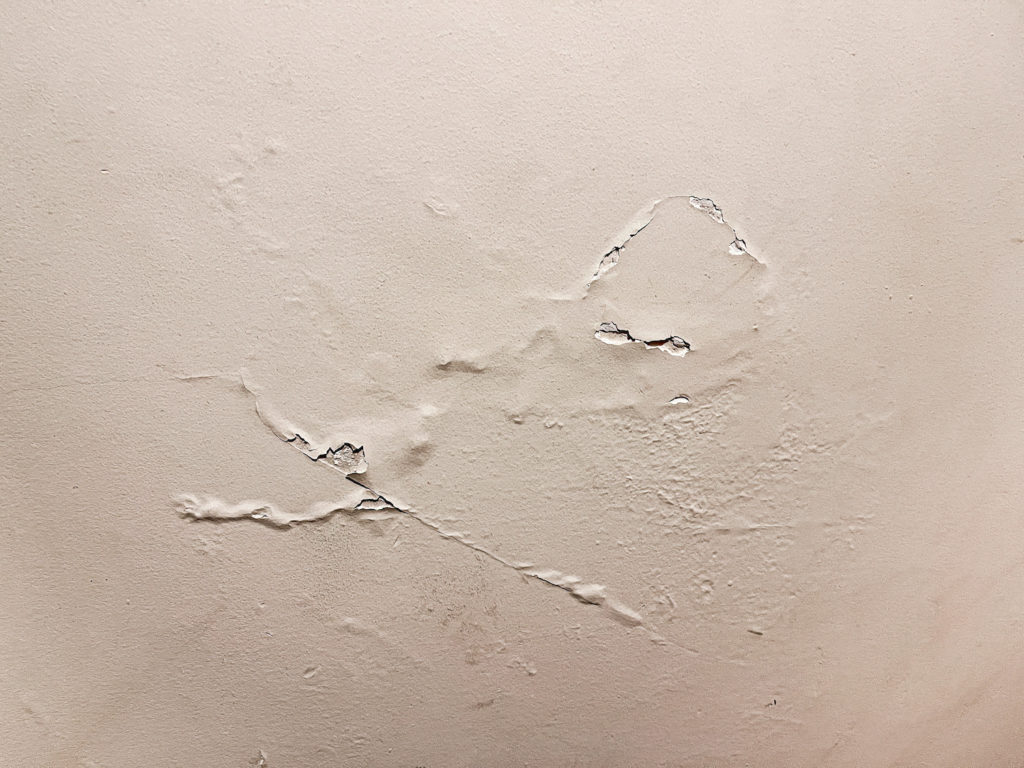
Water damage from a leaky roof can emerge as stains, cracks in plaster, discolored drywall, or peeling or bubbling paint.
Rot
Obvious rot is another interior indicator of a damaged roof and can create severe structural damage.
Rotting Beams
Rotting beams that sag or have fibrous pockets can lead to beam or even total roof failure as the wooden components, and damaged roof structures collapse. Rotting beams can cause several issues, including but not limited to falling debris and fall injuries as the roof collapses.
Rotting Ceiling Joists
Your roof integrity depends on your ceiling joists as much as your beams. If the joists start to rot, you will see the same symptoms as when a beam rots. Rotting joists are just as serious.
Mold Growth
Mold from a leak in your roof shows itself in many different ways. One easy indicator is black staining on paint or wallpaper. If you see that black or dark brown staining, take a putty knife and peel the paint or paper. Look for black specks of mold.
If you see specks of mold, treat the mold first and then get the roof inspected, as mold always indicates a moisture problem and can indicate a problem that has been festering.
Stained Ceiling and Walls
Water leaks in roofs can lead to discoloration wherever the water flows.
Stained Ceilings
Brown stains on ceilings indicate water is seeping through from somewhere. The same applies to mold and mildew stains. If there is no water inlet or outlet above the staining, chances are pretty good it is a roofing issue.
Stained Walls
The same applies to stained walls. If near or on the ceiling, a tannish-brown stain or other moisture damage appears and there is no obvious source, get your roof inspected.
Remember that staining on a wall or peeling paint from water damage may not mean roof leaks are directly above the damage. Water follows the path of least resistance and can show interior signs of damage and even dozens of feet from the actual leak.
Final Thoughts
The above signs are all clear interior signs of roof damage. If your roof or attached rooms have any of them, call an experienced roofer and ask for an inspection. Remember that roofers are busy at certain times during the season, so make sure you leave your contact info.
If the roofer discovers any issues, they can also give you a free estimate. The quicker you deal with roof damage and get a repair or replacement, the better off you, your family, and your home will be.
